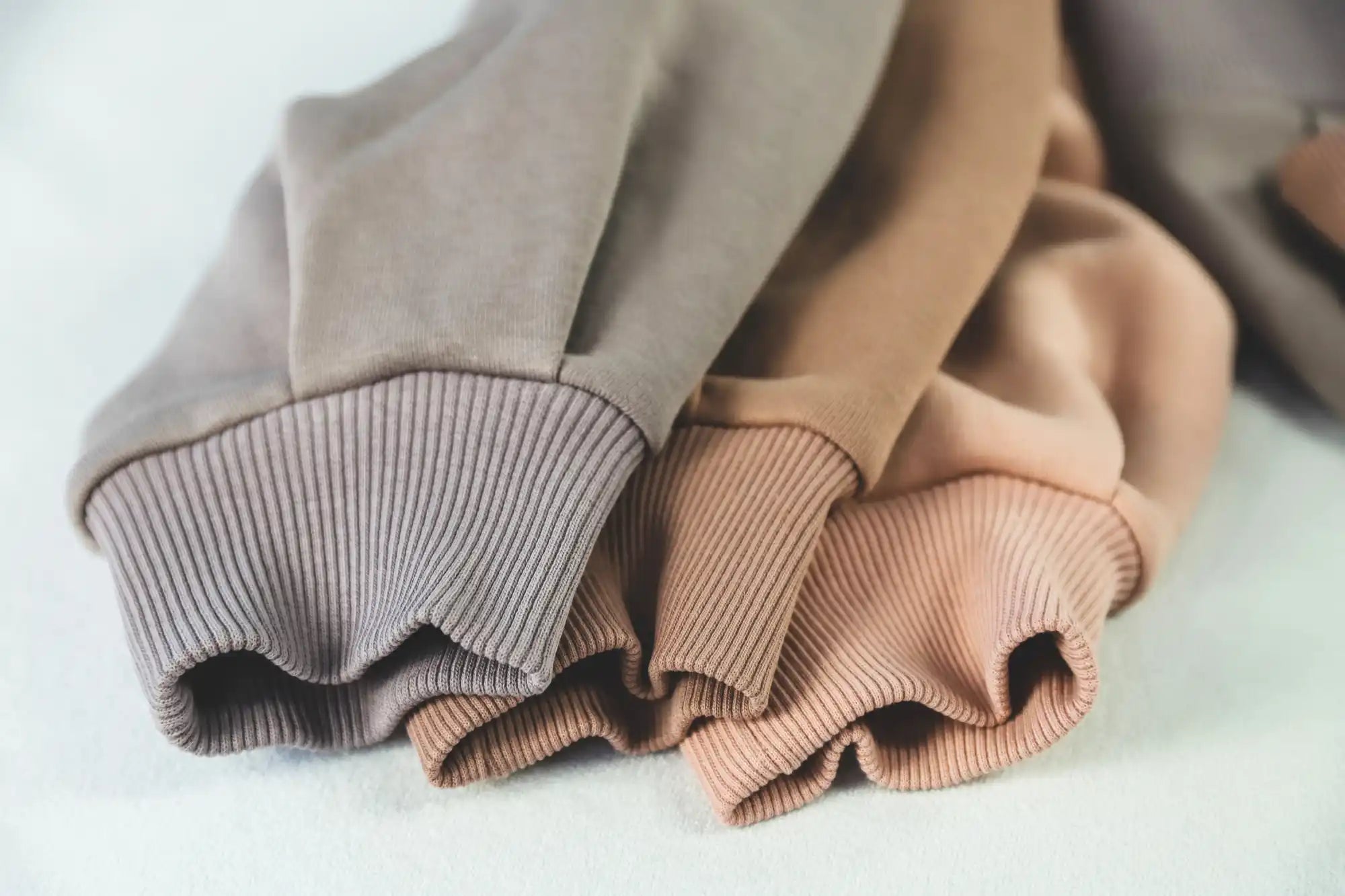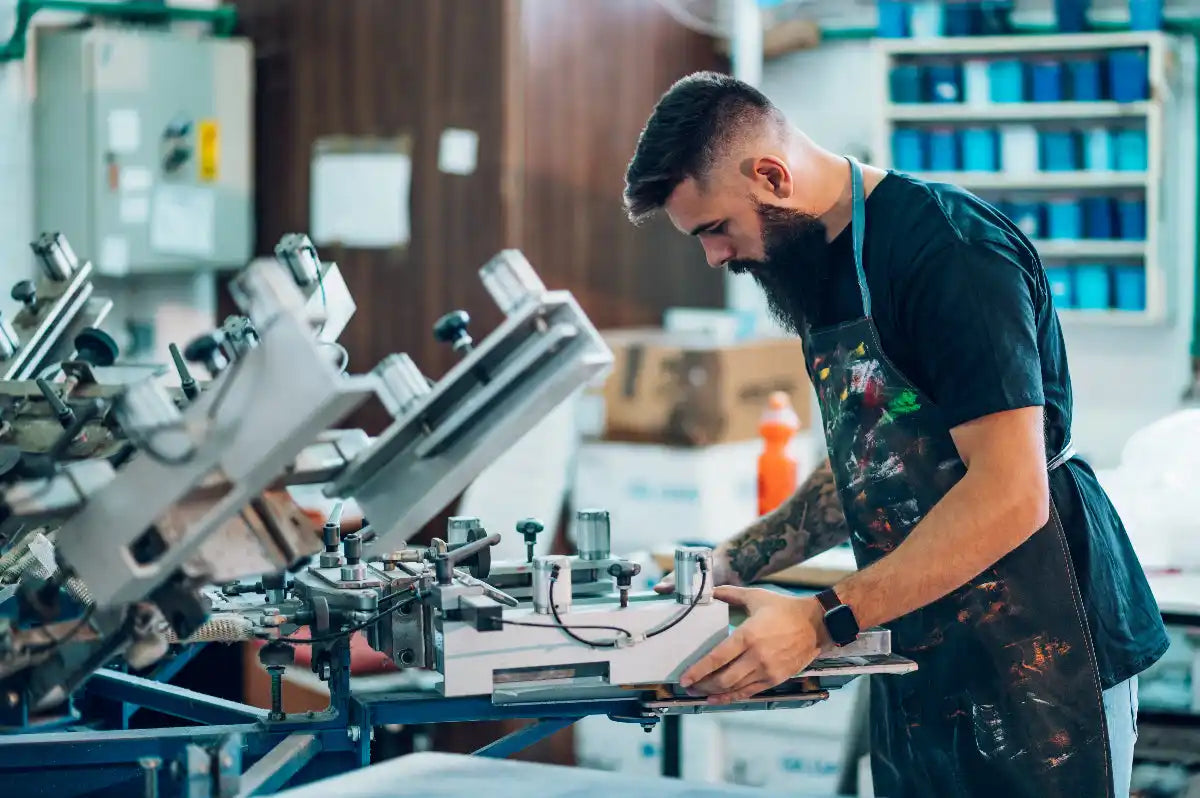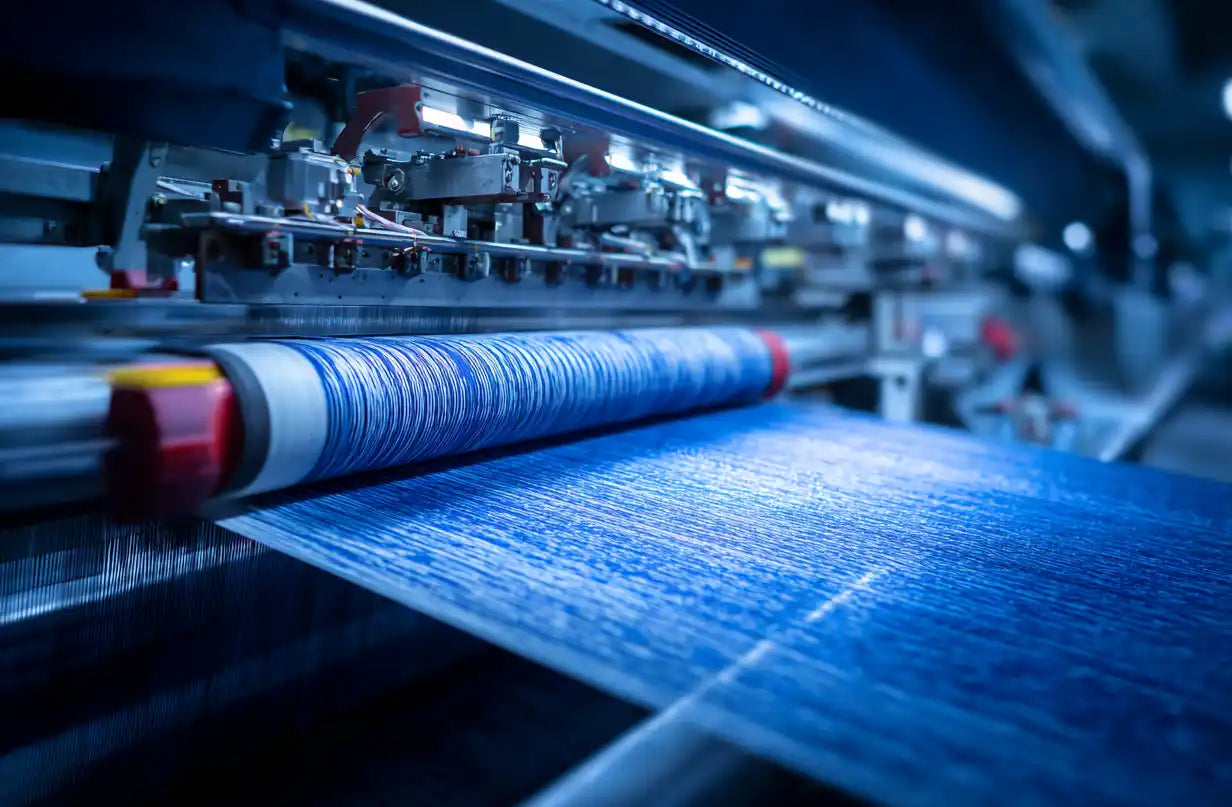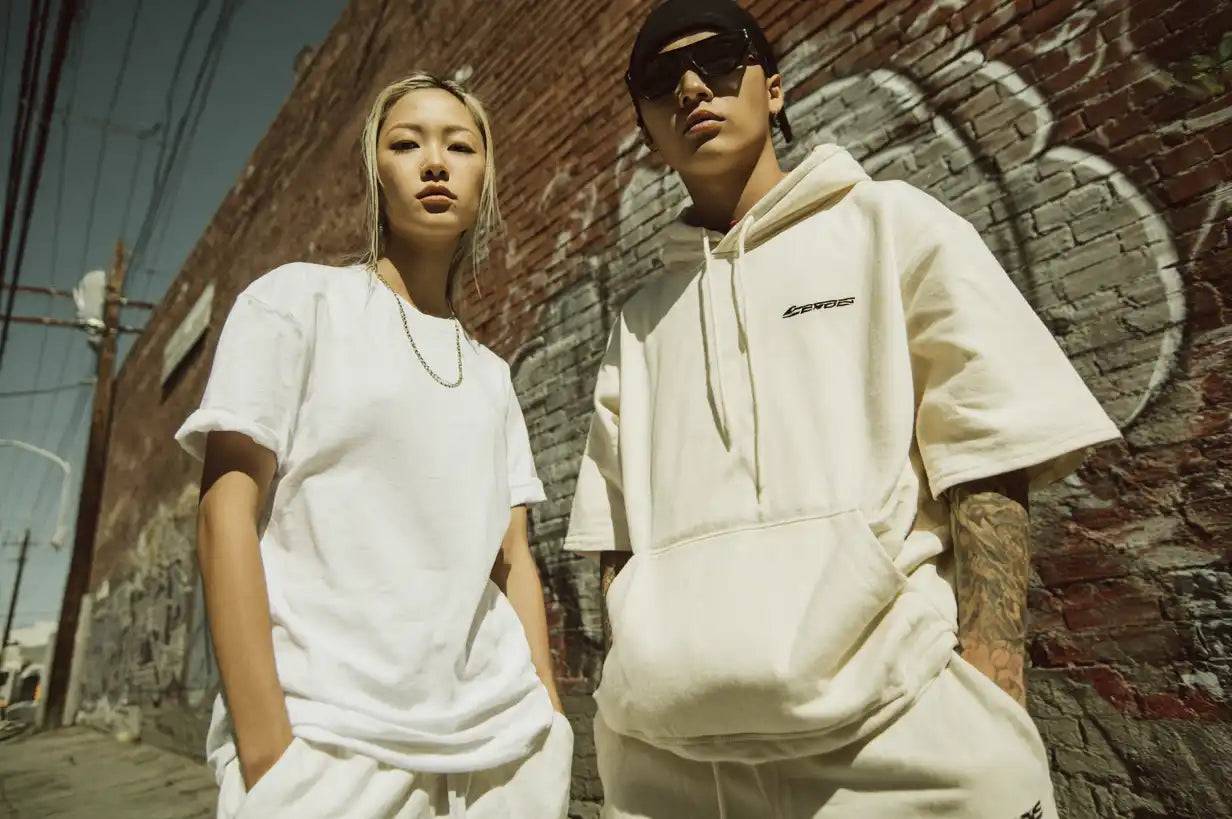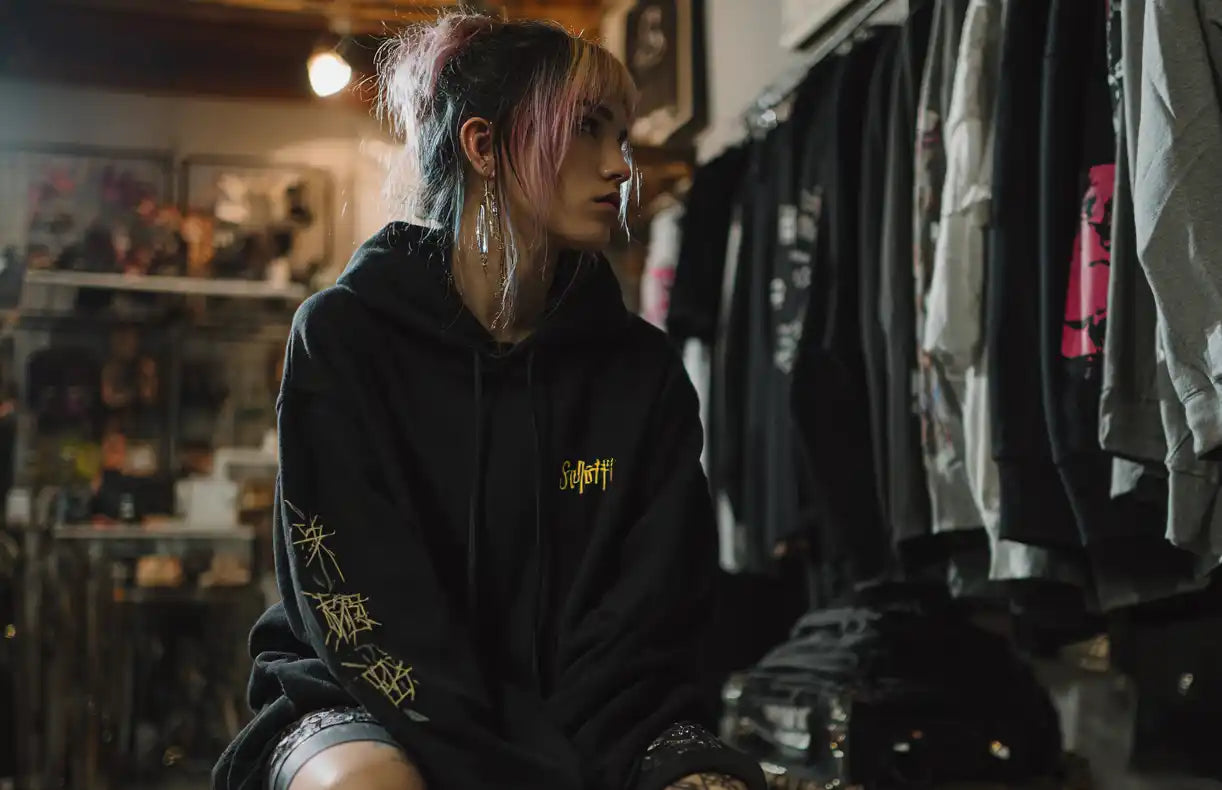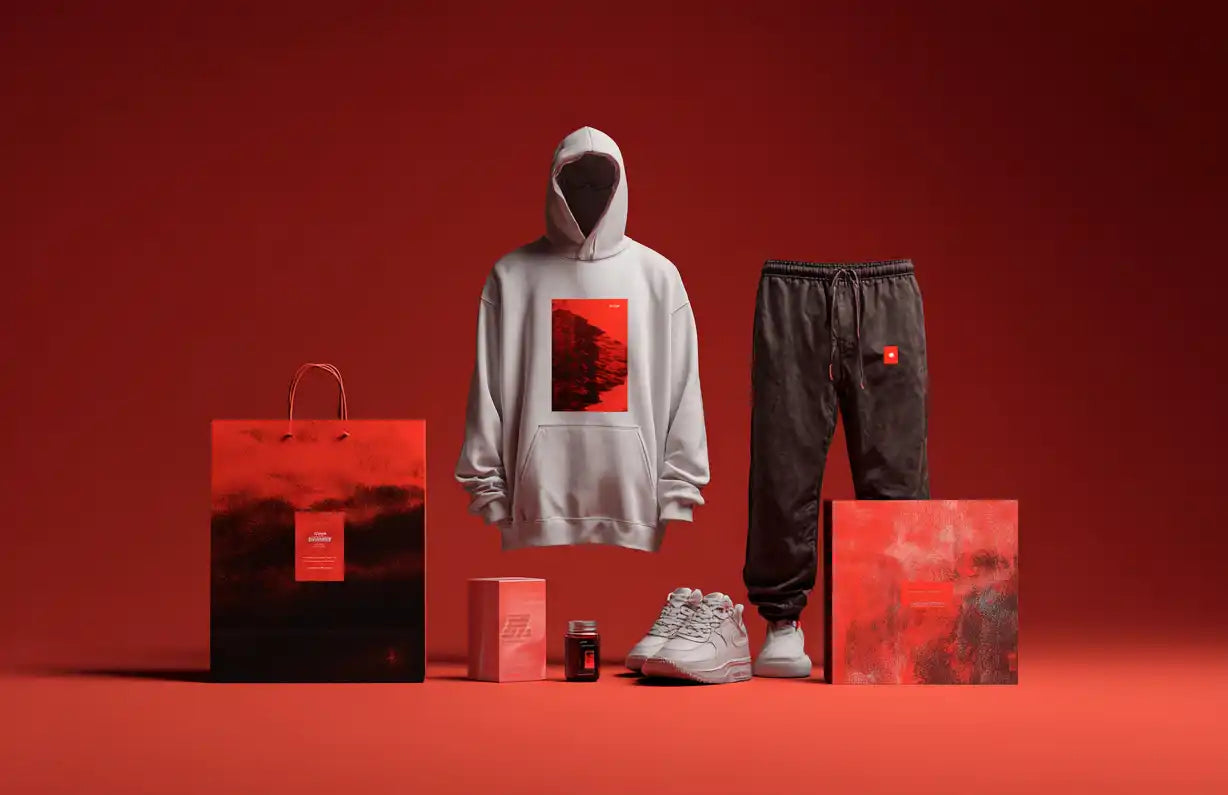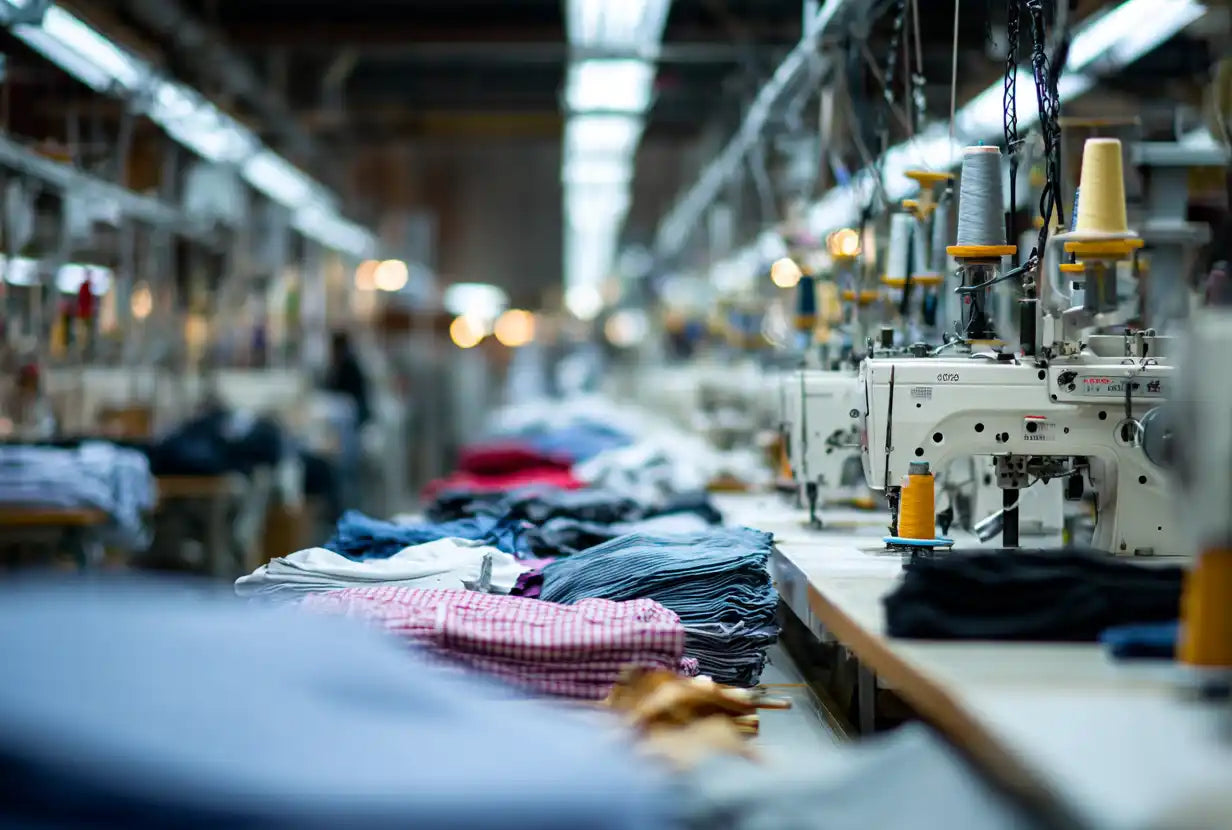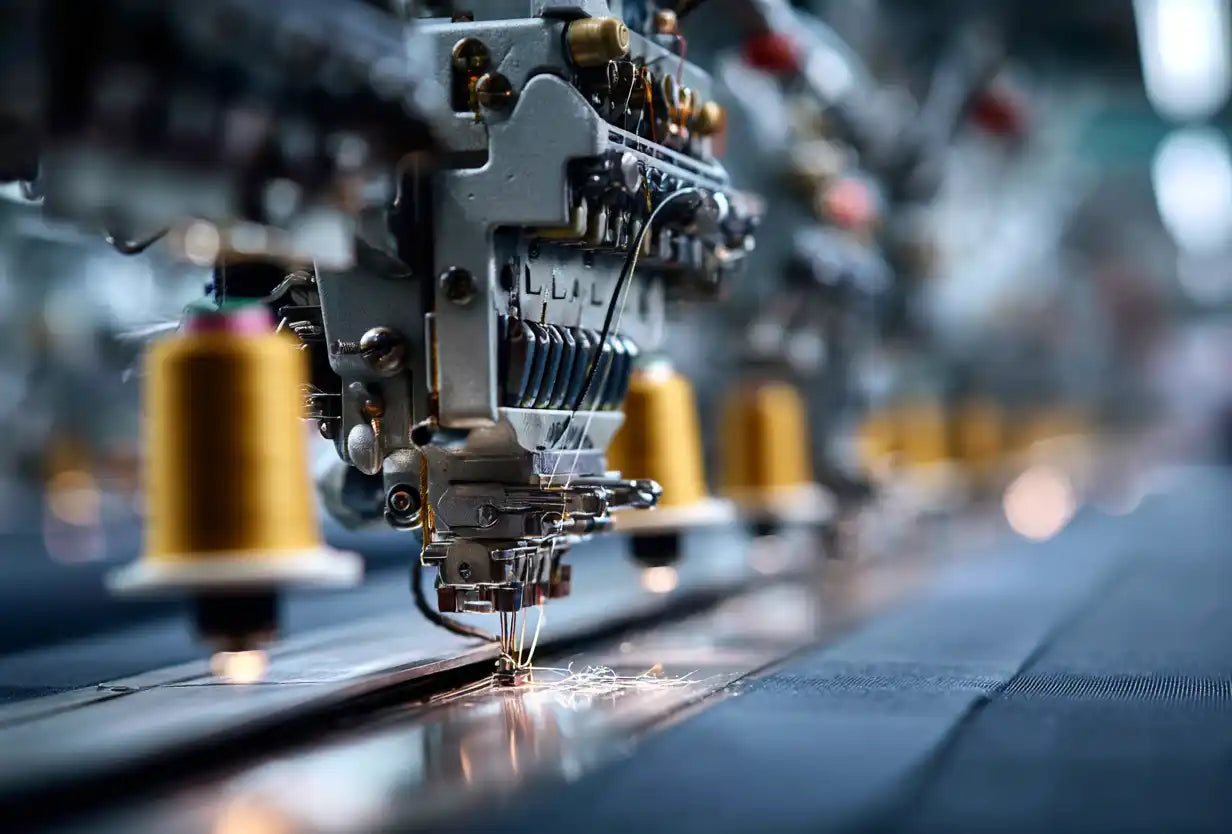Why choose Portuguese manufacturing for custom French terry sweatpants?
Overview — what makes French terry ideal for modern athleisure
French terry is a loopback knit with soft inner loops and a smooth outside face. Its breathability and ability to retain shape make it the go-to material for elevated basics that need to work across seasons. Brands choose French terry when they want a product that reads premium without the weight and seasonality of brushed fleece.
Portuguese manufacturing — the practical advantages
Portugal’s textile ecosystem uniquely combines European compliance standards with vertically integrated suppliers that reduce handling and lead times. The country’s strengths include quality control capabilities, access to finishing houses with modern dyeing and waste-water treatment, and the ability to support low to medium MOQs — a key advantage for startups and DTC brands. For deeper reading on Portugal production and related blog resources, see Athleisure Basics' fabrics and production guides such as Clothing Manufacturers Portugal: 2025 Guide and our Definitive Guide to Low MOQ Manufacturing.
French Terry Fabric: GSM, blends and finishing
The fabric you choose defines the product’s hand, thermal performance, and finishing behavior. Below we walk through practical fabric choices and finishing tradeoffs so you can match the fabric to the fit and target customer.
GSM explained and how to decide
GSM (grams per square meter) is the most practical way to describe knit weight. For French terry sweatpants we recommend:
- 250–280 GSM — lightweight, travel-friendly, better for warmer climates and oversized drape.
- 280–320 GSM — the sweet spot for year-round wear: structure without heaviness.
- 330–400 GSM — premium, winter-leaning feel for structured silhouettes and higher perceived value.
Fiber blends and sustainability options
Common blends include 100% cotton for natural hand, cotton-elastane for stretch and recovery (3–5% elastane typical), and cotton-recycled polyester blends for improved durability and quicker drying. When making sustainability claims, choose certified supplies (GOTS for organic cotton, GRS for recycled fibers, Oeko-Tex for chemical safety). Many Portuguese mills maintain Oeko-Tex and similar certifications to support credible claims and reduce scope 3 risk.
Finishing techniques that matter
Finishing transforms both aesthetics and performance. Enzyme washes soften hand and reduce pilling; garment dye yields vintage, tonal colors; silicone softeners create a slightly silky touch. Important: finishes change shrinkage and hand — always request pre- and post-finish shrinkage reports, and set acceptable tolerances in your tech pack.
Manufacturing in Portugal — timelines, MOQs and costs
Portugal can shorten your time-to-market and reduce complexity compared to long-haul offshore models. The following reflects typical ranges you should expect when planning a French terry sweatpants line.
Production timelines
From approved tech pack to FOB ready goods, plan on roughly 4–6 weeks under normal conditions. This assumes:
- Sampling & fit: 1–2 weeks (including 1 try-on sample and approval).
- Production run: 3–5 weeks depending on complexity and factory scheduling.
- Quality control and packing: about 1 week before shipping.
MOQs and cost expectations
MOQs vary by partner. Many Portuguese small-batch specialists will accept MOQs of ~100 units for standard specs. Complex finishes, special dye lots, or many colorways will push MOQs higher. Typical FOB cost ranges are approximately €14–€22 per unit, depending primarily on GSM, fiber blend, trims, and embellishments.
When comparing total landed costs versus Asia, factor in duty, longer transit time, quality-risk contingency, and the value of European sustainability credentials. For a broader look at MOQ strategies and how they fit brand launch plans, check our article on Low MOQ Manufacturing.
Customization options — from trims to technical upgrades
Customization is where product differentiation happens. Small changes to waistband construction, pocket configuration, or finishing can reposition a product from commodity to premium.
Fit & construction options
Offer multiple fit options to widen market reach: tapered joggers for performance-lean customers; straight-leg for unisex basics; oversized or relaxed for streetwear audiences. Specify the exact rise, inseam, and graded measurements in your tech pack to ensure consistent fit across sizes.
Trim & embellishment choices
Trims include branded drawcords, metal aglets, silicone prints, puff prints, and embroidery. Each has a different cost profile and MOQ implication: embroidered logos have modest setup costs and work at lower volumes; garment dye and special washes often require larger minimums for color consistency.
Technical upgrades for durability
Consider reinforcement at high-wear points (knee panels, pocket bags), taped seams for active performance, or anti-pill finishes to increase longevity. These upgrades slightly increase unit manufacturing costs but improve return rates and customer satisfaction.
Preparing a tech pack that speeds sampling
A good tech pack reduces iterations and shortens sampling cycles. Include:
- Clear flat sketches (front/back/side) with seamlines and stitch types.
- Detailed size chart with graded measurements and tolerances.
- Fabric spec (fiber content, GSM, supplier code) and sample swatches.
- Trim list with suppliers or sample photos (zippers, drawcords, elastics).
- Finishing and wash instructions with shrinkage expectations.
- Packaging and labeling instructions (fold, polybag, carton marks).
For an in-depth template, see our Tech Pack Guide: How to Build a Tech Pack.
Practical production checklist for brands
Use this checklist during pre-production:
- Finalize style and grading across all sizes.
- Order fabric swatches and test for pilling, shrinkage, and colorfastness.
- Approve a pre-production sample and check shrinkage after finishing.
- Confirm trims and record supplier codes.
- Schedule QC inspection and confirm packaging specs.
Frequently Asked Questions
What are typical lead times and MOQs for custom French terry sweatpants manufactured in Portugal?
Expect 4–6 weeks from approved sample to finished goods; MOQs commonly start near 100 units for simple specs, increasing for complex finishes. Portugal’s smaller-batch factories can often offer flexibility for DTC brands.
What GSM (weight) of French terry is best for year-round sweatpants?
Generally 250–350 GSM offers the best year-round balance. Lighter weights work for warm climates; heavier weights add structure and premium feel for colder markets.
How much does a custom French-terry sweatpant cost FOB Portugal?
Common FOB ranges are €14–€22 per unit depending on fabric, trims, finishing, and order size. Get quotes from factories with a full tech pack to get accurate pricing.
What customization options are commonly available for French-terry sweatpants?
Fabric blends, waistband styles, pocket types, finishes (garment dye, enzyme wash), and embellishments (embroidery, silicone prints, heat transfers) are standard options supported by Portuguese mills.
Contextual internal links — where to go next
These pages deepen topics referenced above and are recommended internal linkage targets from this article:
- Clothing Tech Pack Guide — for tech-pack templates and checklists.
- Low MOQ Manufacturing Guide — to understand MOQ strategies and small-batch planning.
- Dyeing & Finishing Guide — to learn about finishes and their sustainability tradeoffs.
- Shop Joggers — see ready-made jogger styles and product imagery.
- Contact Us — to request a quote
Conclusion & recommended first steps
If you're launching or expanding a French terry line, start by selecting a target GSM and one finishing route (e.g., enzyme wash + garment dye) and prepare a concise tech pack. Use Portugal if you value faster sampling, credible sustainability credentials, and lower total landed complexity. When ready, request a sample run with a local Portuguese partner and compare pre- and post-wash sample metrics — this single step often prevents the majority of quality surprises.
This article links to internal Athleisure Basics resources to help you move from concept to production quickly. For specific quotes and timelines, submit your tech pack via our contact page.
Sources & further reading
Internal resources and blog references used for contextual linking were provided by Athleisure Basics' site sitemap and blog library. See the site guides on Portugal manufacturing and low-MOQ production for deeper context.


